[ad_1]
In an era of perfect everything, vintage lenses offer a unique perspective on image making. Many old lenses are built to last and are still great lenses optically, even if some of the technology like autofocus is not as good. The Canon 80-200mm f/2.8 L is such a lens.
Physical Aspects
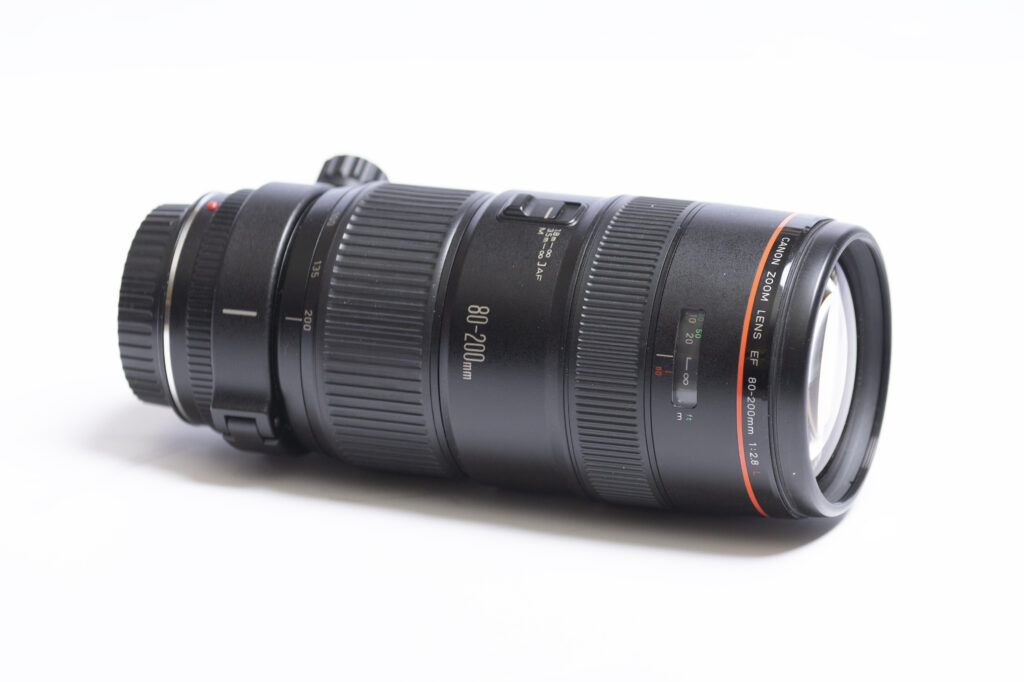
This tank of a lens was built in a way that modern lenses just aren’t. Big, heavy, solid, in many ways it was built to last. Ultimately though it’s probably not as survivable as later EF 70-200mm f/2.8 L’s. But this one feels every bit the part.
Optical Image Stabilization
Being 30+ years old, the lens was made before IS became
available in Canon lenses. So, you’ll have to maintain the correct shutter
speed when shooting with this lens. This can be a challenge when shooting in
low light, but I don’t really have a problem with this overall. I can usually
get shake free shots at 1/200th of a second if I’m careful.
Zoom Range
The range is a slight drawback being that it’s only 80-200mm. Of course, most modern zooms of this type are 70-200mm, or even 70-210mm. Tamron even makes a 70-180mm lens. The obvious difference is this lens doesn’t zoom out as wide as a modern fast zoom so if you’re using the typical f/2.8 24-70mm with this lens you may be missing the range from 70-80mm. If you’re annoyed by that Canon did make a 28-80mm f/2.8-4 L lens to go with this lens.
Focusing
Autofocus on this lens is a bit of a mixed bag. It is fairly accurate but also very noisy on the EOS R and R5. I tried this lens on an old EOS 1N RS though and was nearly as fast but a lot quieter. I didn’t get every shot tack sharp with this lens, but the majority of shots were very well focused.
Manual focusing is accurate and easy with this lens.
Optical Performance
Optically the lens is pretty good and comparable to a more modern 70-200mm lens when stopped down. Some people report that the lens is a little soft at 200mm wide open, that is probably true, but there are other 70-200’s that are just a smidge soft at 200mm. I have two copies and one is a little sharper than the other. Stopped down to f/4, both are sharp. Below are a series of shots at different apertures demonstrating basic sharpness, bokeh, and vignetting.


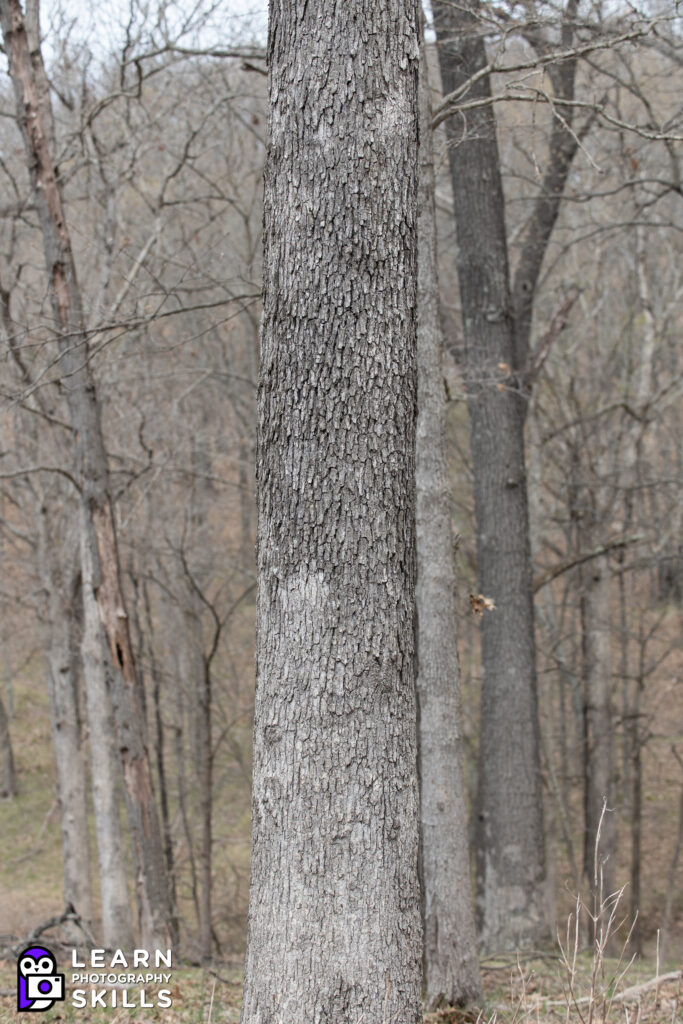

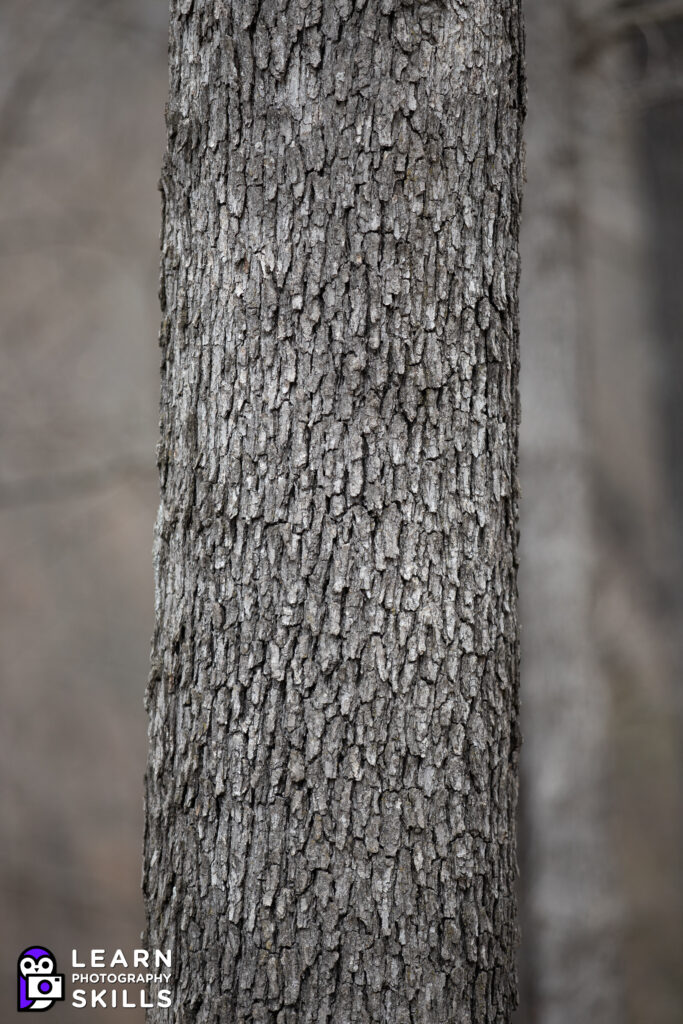
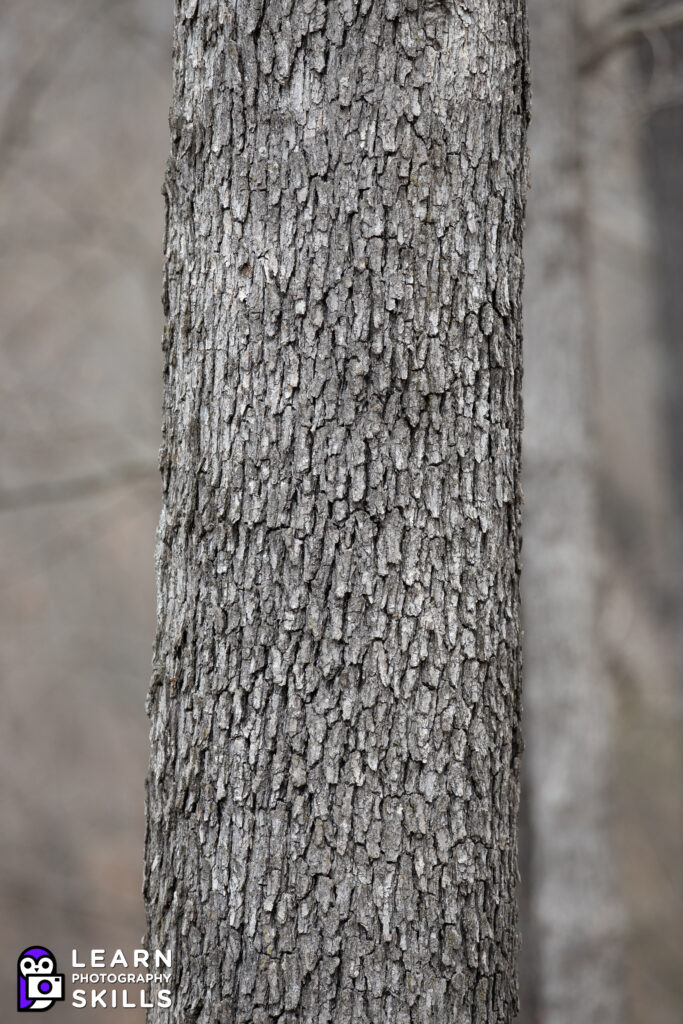
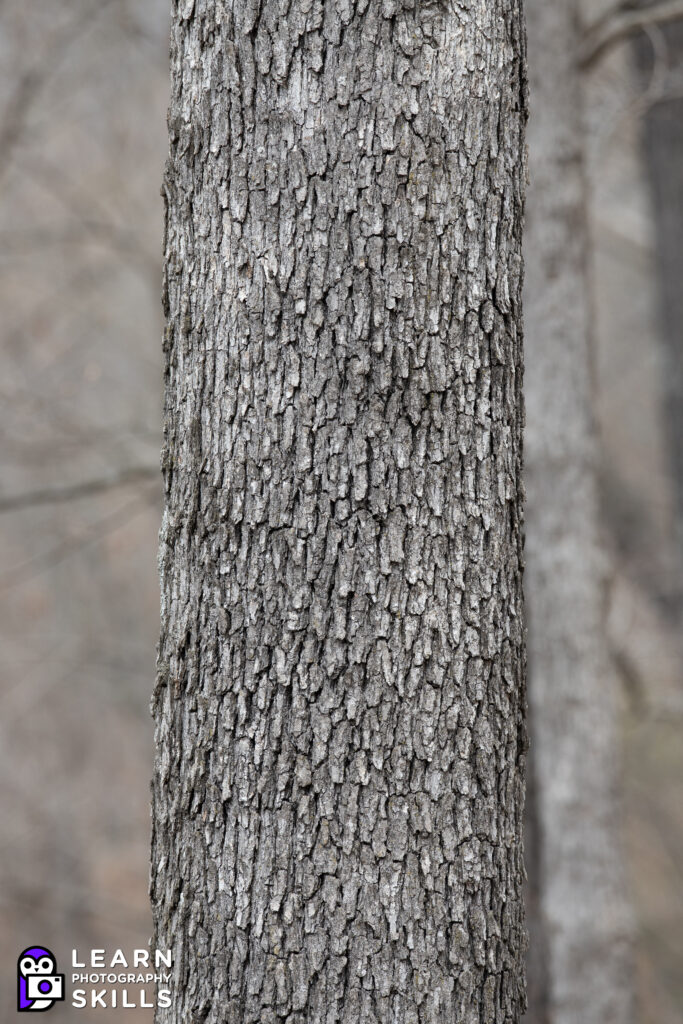
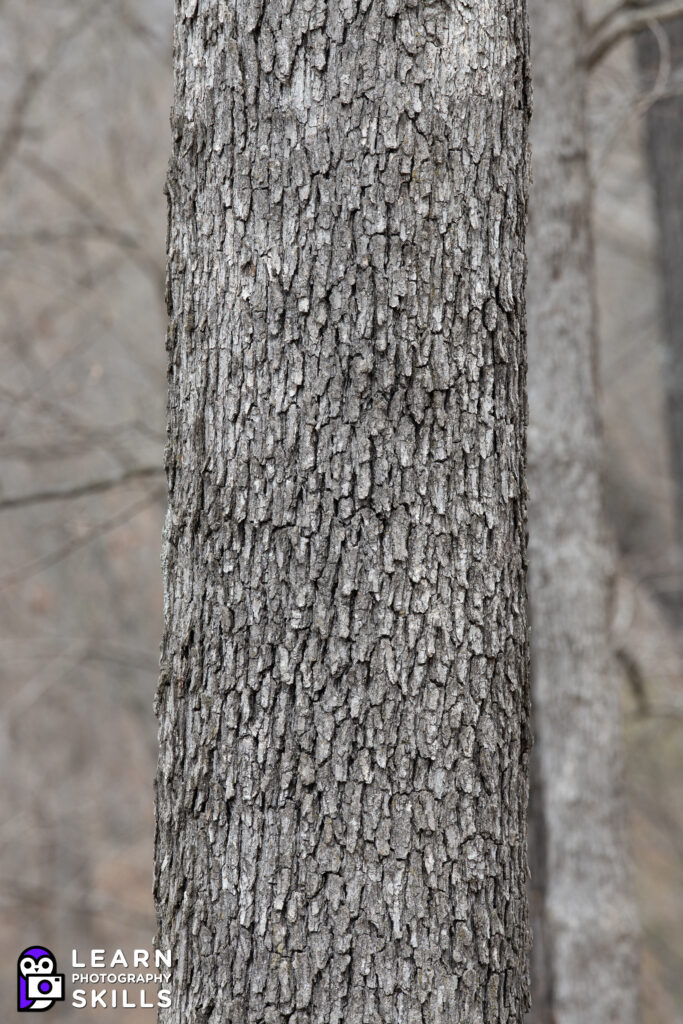
Wide open the lens does have some vignette in the corners, especially at 200mm. Portrait shooters will probably appreciate a little vignette in the corners. If you don’t want it, it clears up when stopped down to about f/5.6.
There is some CA present wide open at 80mm, but it’s most evident in worst case scenarios like shooting tree branches against a bright sky. At 200mm the CA is well corrected on my copy. Check out these two example images at 80mm and 200mm.
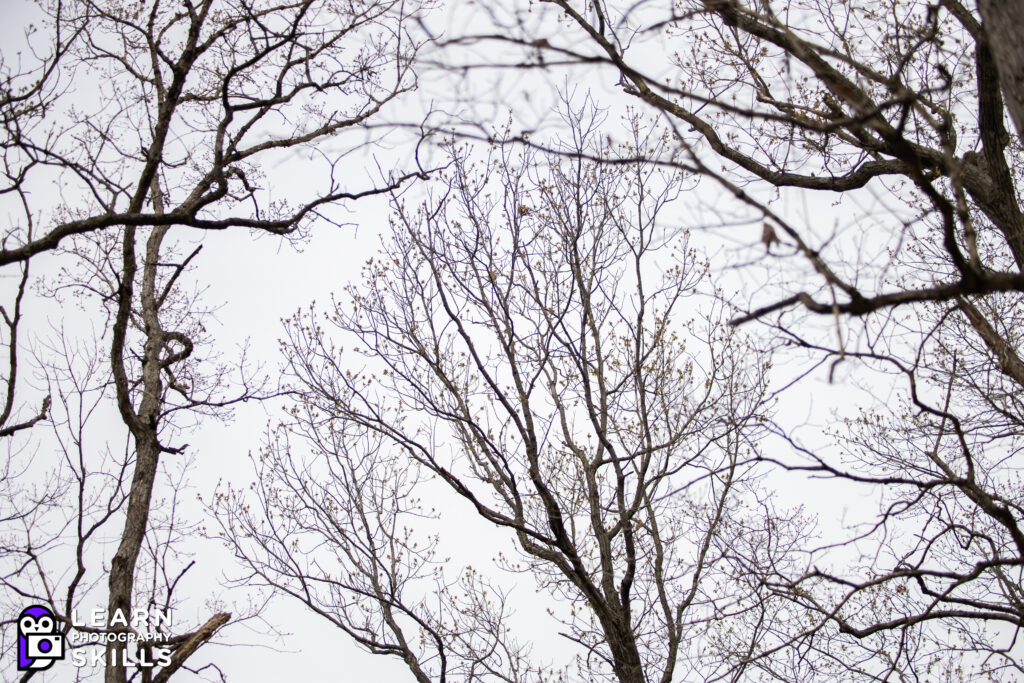
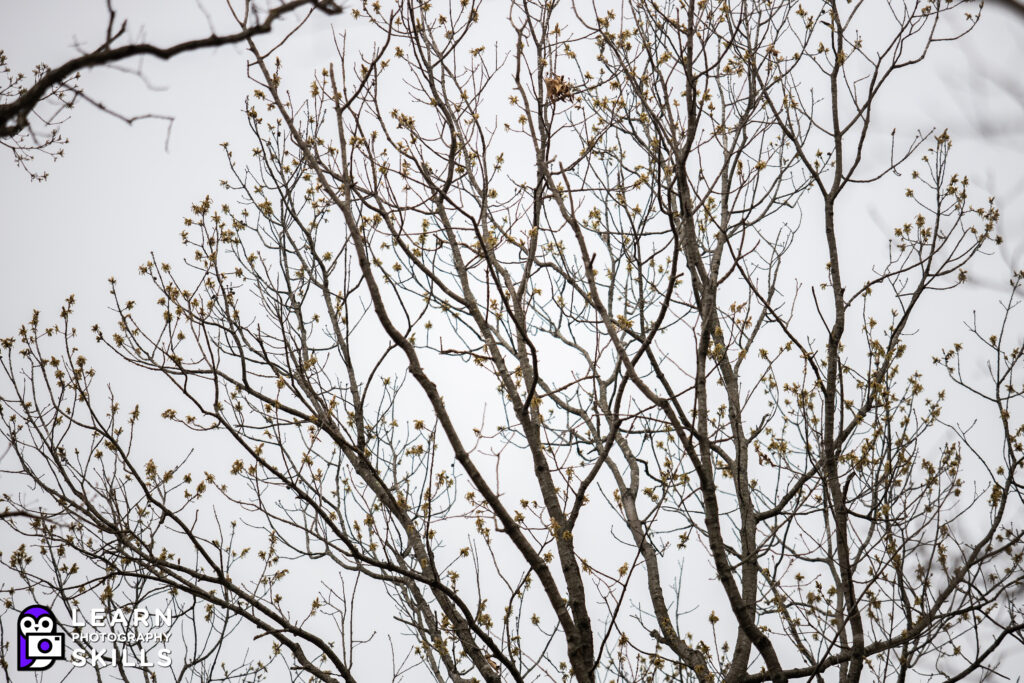
Despite the minor optical issues, its pretty obvious that this lens has some nice glass in it. As lens making has evolved with computers its become easier to design complicated lenses that solve problems using cheaper glass formulations. Although, it’s not entirely fair to say that, the cheapness is a matter of saving time and ensuring consistency rather than sheer quality. Back then, for whatever reason, they put more time and effort into making each lens right, even if they didn’t know as much about what they were doing, in some ways, they accidentally knew a lot more.
Focus Breathing
The lens has substantial focus breathing which is sure to bother some people. It’s different from the newer RF 70-200mm in that it breathes longer as you focus closer. While the minimum focus distance is a fairly big 1.8 meters, the fact that it breathes to a longer focal length negates that somewhat, and it also means that zoomed in to 200mm there’s usually a lot of pop off the background at portrait distances even if you can’t get as close as you might want.
Bokeh Quality
The bokeh on the lens is great, especially up close. I think that aspect of this lens is one of my favorite things about it. It’s a “character” bokeh that is bordering on distracting sometimes but it also has faster falloff with a crispy optical quality to it that is more and more rare in modern lenses. Many modern lenses seem to have slow falloff which is fine for some situations.
Color
Shooting on the EOS R I felt like the colors on this were as expected, decently accurate but overall subdued and natural looking. On the R5 however images were coming through with near nuclear saturation levels. Which you prefer is up to you, perhaps you can pick out which files are which in the gallery below.
Decentering
I actually have 2 copies of this lens and both of them are slightly decentered which is visible at f/2.8 when focusing on flat subjects. The fact that both of them have it leads me to believe the lens has probably gone out of alignment for one reason or another. The issue is mild enough that stopping down removes most evidence of the decentering. I won’t say it can happen to any lens, but I will say some expensive modern lenses I have purchased new had centering issues as well.
Where’s the “magic”?
The magic is simply that it was a telephoto zoom with prime level performance for the time. Many prime 200mm lenses in the 1980’s were only f/2.8 anyway so having a zoom lens that was sharp and was a zoom and was f/2.8 throughout the range, that was basically “magic” according to the standard of the day.
Conclusion
One thing this lens proves is that the new RF cameras are impressively flexible in what lenses they can work with. That much is certainly true. The fact this old banger still works is a minor miracle. It’s fun to be able to take an old lens from so long ago and use it with no trouble at all. Another thing this lens showed me is that even an old, loud, slow focusing lens like this can take pretty nice pictures. On an absolute scale it has to be punished for the poor autofocus performance, but if you have the eye for it, the manual focus is very usable.
Rating
Overall: 3.0 out of 5: Certified BRONZE

Canon EF 80-200mm f/2.8 L Sample Images
Canon EF 80-200mm f/2.8 L Sample Video
The video is shot in 4k on the EOS R which has a 1.8x crop in its 4k video mode. With the crop the effective focal length is 360mm. The good news is the lens is still very sharp in the center of the frame.
[ad_2]
Source link
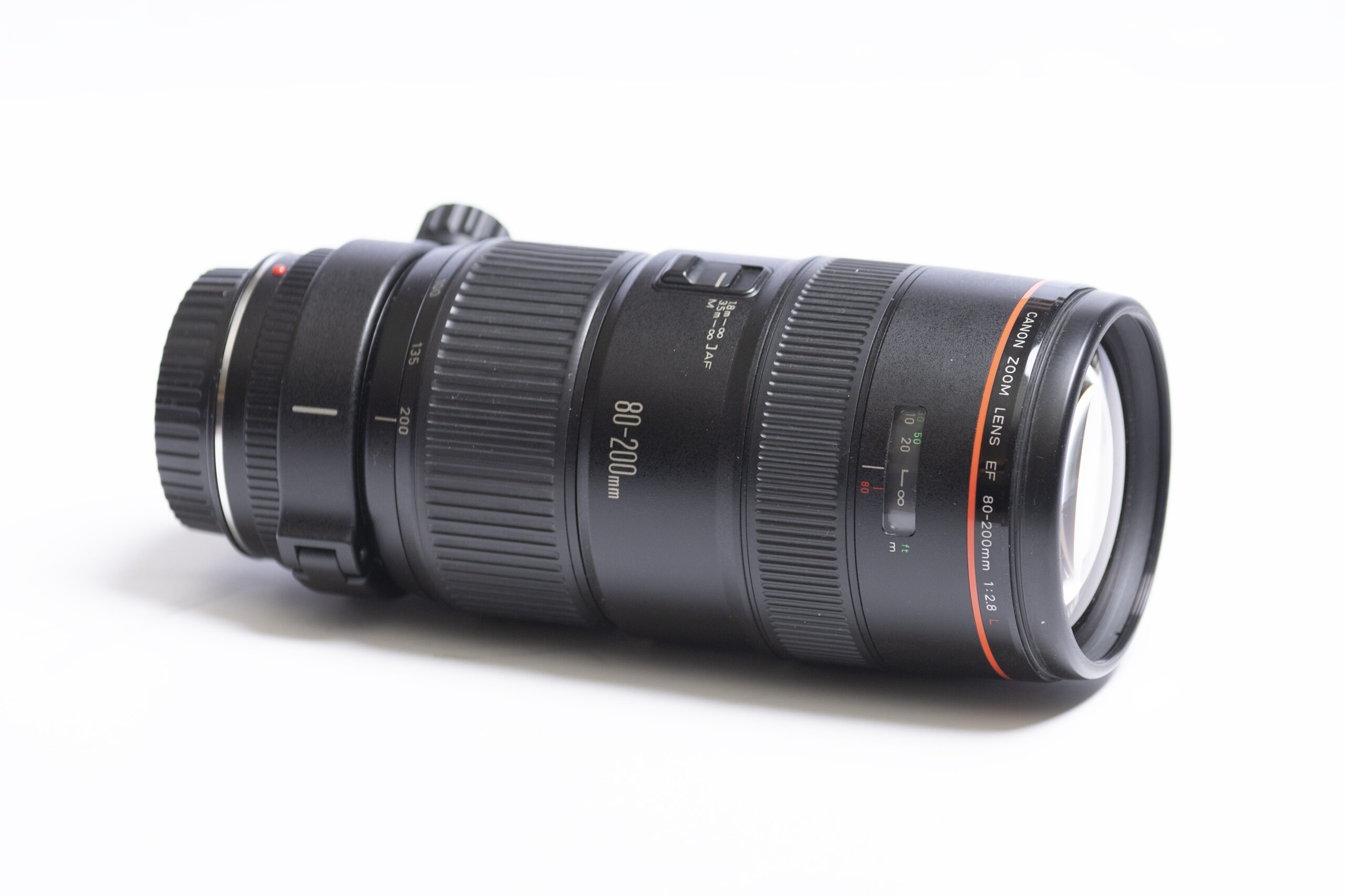
دیدگاهتان را بنویسید